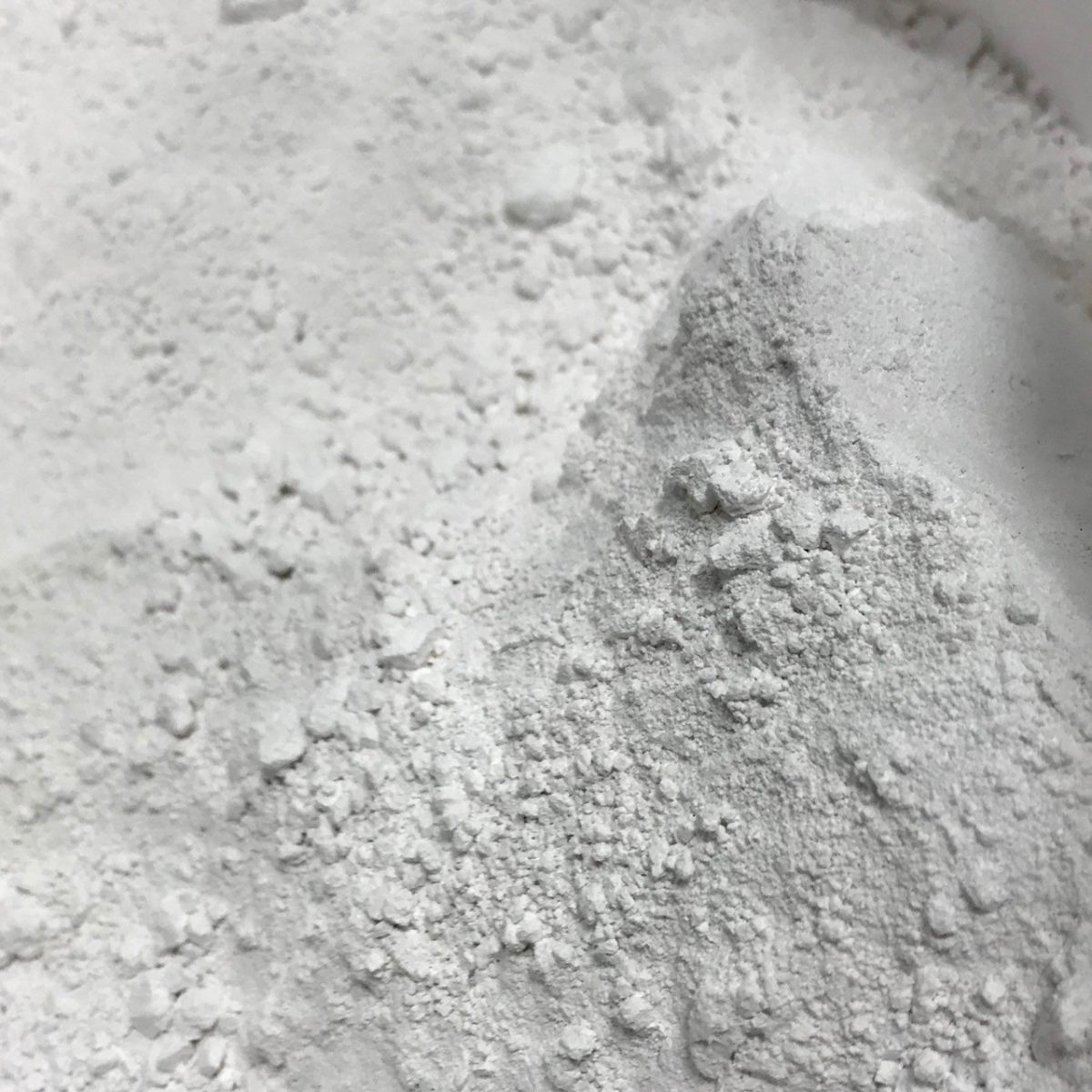Zinc Oxide in Artists Oil Colors
 Zinc oxide has noteworthy limitations – principally, too much zinc makes for a brittle paint film. These issues have been studied in depth by Marion Mecklenburg and Charles Tumosa of the Smithsonian Center for Materials Research and Education. Mecklenburg was the first to warn that zinc oxide levels were getting too high in many brands of oil paint.
Zinc oxide has noteworthy limitations – principally, too much zinc makes for a brittle paint film. These issues have been studied in depth by Marion Mecklenburg and Charles Tumosa of the Smithsonian Center for Materials Research and Education. Mecklenburg was the first to warn that zinc oxide levels were getting too high in many brands of oil paint.
Robert Gamblin visited Marion and Charlie in their lab at the Smithsonian in 2000 and discussed their research. Since then, we have followed their guideline to hold the zinc oxide content in mixture with other pigments to below 15%. Zinc levels in our Titanium Zinc White are well below this 15% guideline. We have been communicating the concerns associated with using too much Zinc White with painters ever since.
We think Mecklenburg and Tumosa’s research is incredibly valuable and we hope that it helps painters make choices that result in more permanent art. We also feel that it must be put into context. The study states: “It (zinc oxide) is especially problematic on stretched canvas primed with acrylic grounds.” This is an important point to make. We advocate the use of rigid supports for all paintings, as all paint films become less flexible over time. We also advocate for the use of Oil Ground instead of acrylic gesso. Acrylic gesso’s highly absorbent nature pulls oil binders away from fresh paint layers reducing their flexibility.
Zinc White may be used as a white for glazing and scumbling where the paint layer needs to modify light or atmosphere without obscuring the color beneath. It is by far the most transparent white and best at facilitating the transfer of light through thin glaze layers. Our three best contemporary glazing mediums, Galkyd Lite, Galkyd, and Neo Megilp are all very flexible and will help to mitigate the brittleness of Zinc White used sparingly in thin transparent glazes or opaque scumbled layers.
Zinc White has limited applications, but can be used successfully heeding certain conditions. Painters should paint on rigid supports and use only small amounts (<15%) of Zinc White in mixtures with other colors. In instances where Zinc White’s properties are desirable, consider adding flexible alkyd-based painting mediums to mitigate brittleness.
As a general rule, avoid Zinc White as a mixing white since more has to be used to create a lighter tint- a formula that will certainly lead to a brittle paint film. Gamblin produces eleven other whites that are all more stable than Zinc White.
For more information on these whites, please refer to https://gamblincolors.com/getting-the-white-right-by-robert-gamblin/
